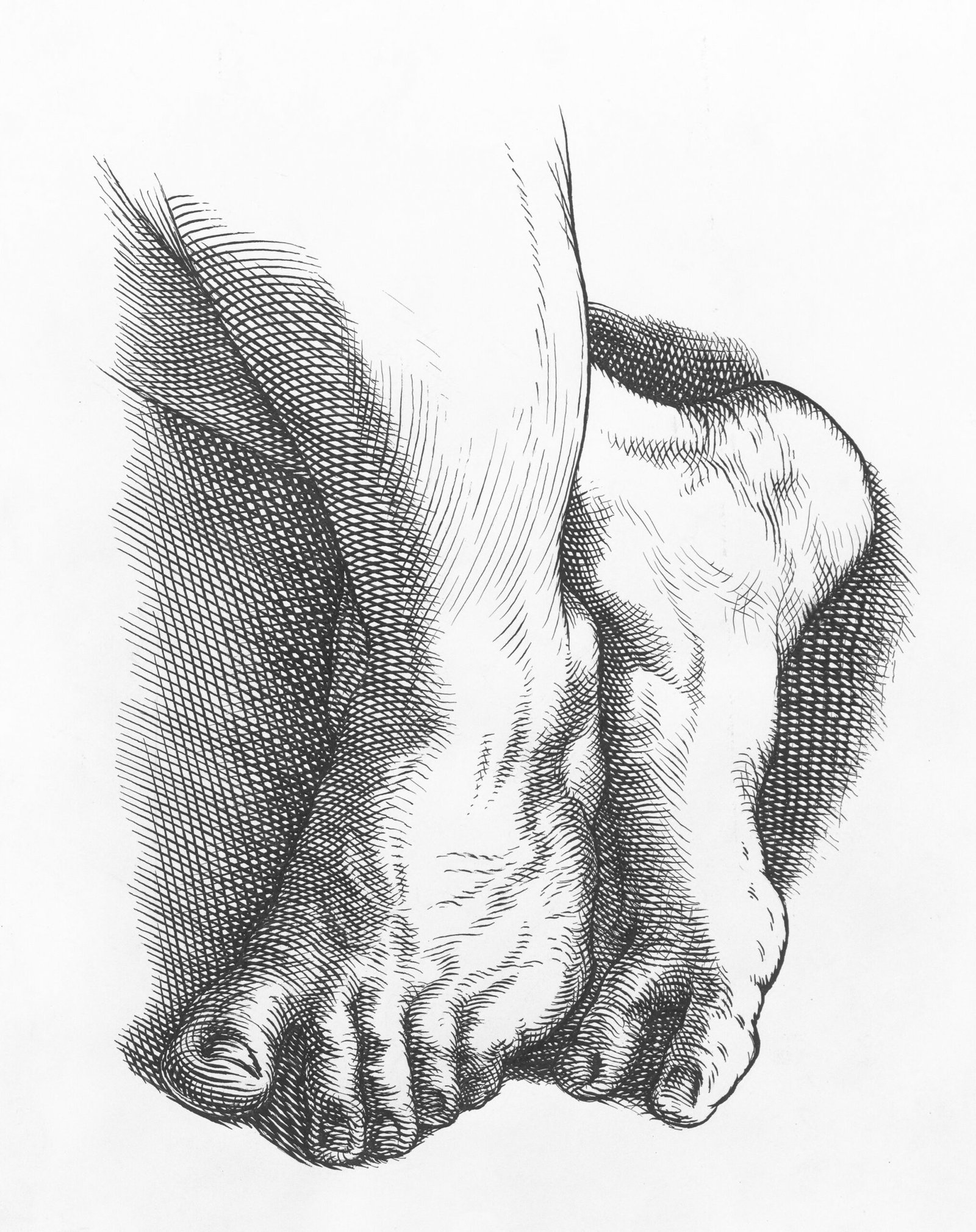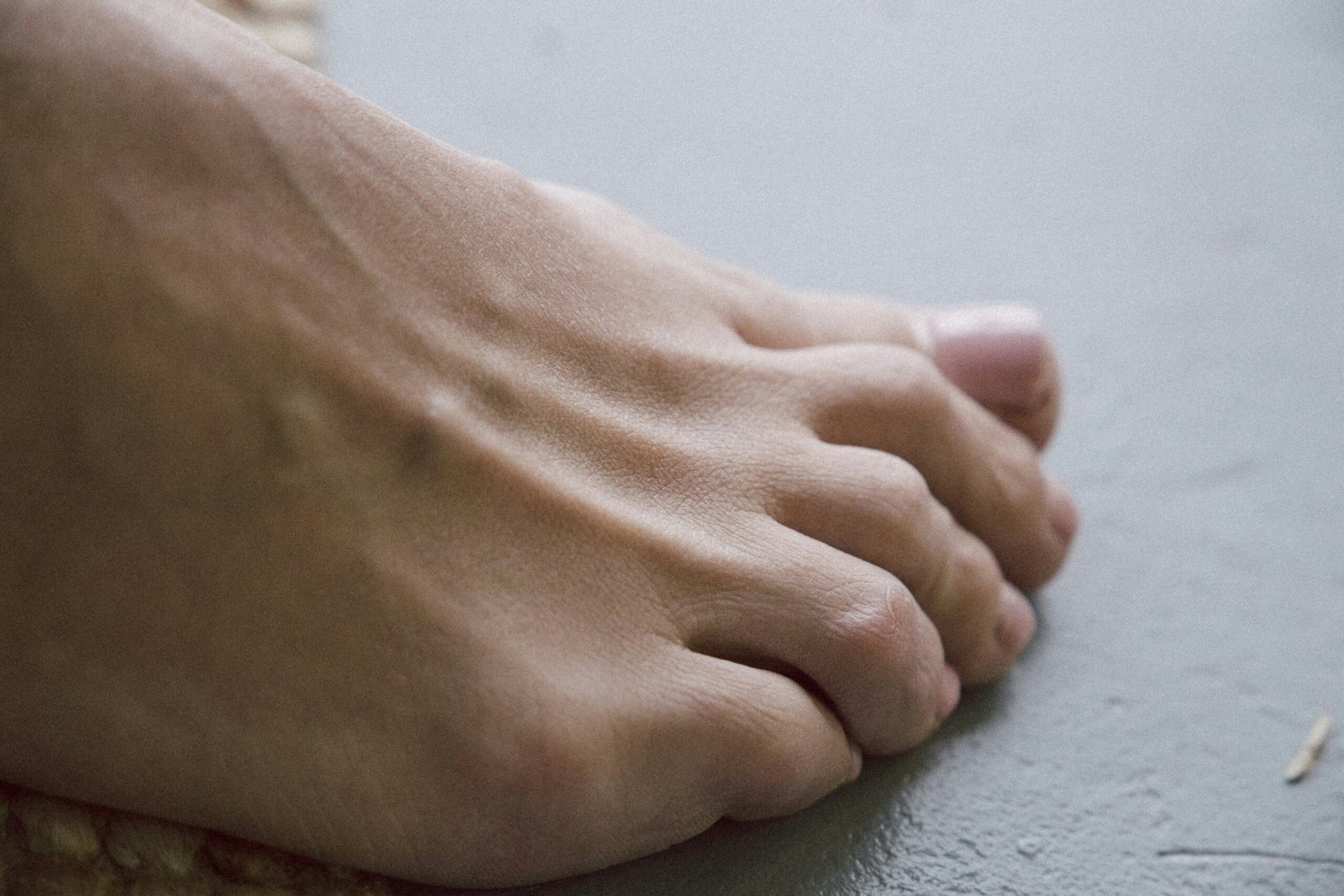Understanding Gout and Pseudogout
Gout and pseudogout are both forms of arthritis that cause sudden and severe joint pain. Gout is caused by the buildup of uric acid crystals in the joints, while pseudogout is caused by the buildup of calcium pyrophosphate crystals. Both conditions can be incredibly painful and debilitating, so it's important to understand how to test for them.
What are the Symptoms of Gout and Pseudogout?
Symptoms of gout include sudden and intense pain, swelling, redness, and warmth in the affected joint. Gout commonly affects the big toe, but can also occur in other joints like the ankles, knees, elbows, wrists, and fingers. Pseudogout symptoms are similar to gout, with sudden onset of pain and swelling in the joints, often in the knees, wrists, or other large joints. Both conditions can also cause fever and chills.
Diagnosing Gout and Pseudogout
Diagnosing gout and pseudogout typically involves a combination of a physical examination, medical history, imaging tests, and laboratory tests to confirm the presence of crystals in the affected joints.
Physical Examination
During a physical examination, your healthcare provider will examine the affected joint or joints to look for signs of inflammation, such as redness, swelling, and warmth. They will also assess your range of motion and ask about your symptoms and medical history.
Medical History
Your healthcare provider will ask about your symptoms, how long you've been experiencing them, and if you have a family history of gout or pseudogout. They will also inquire about your diet, alcohol consumption, medications you take, and any previous joint injuries or surgeries.
Laboratory Tests for Gout and Pseudogout
Laboratory tests are crucial for diagnosing gout and pseudogout by analyzing samples of fluid from the affected joint to identify the presence of uric acid crystals in gout or calcium pyrophosphate crystals in pseudogout.
Synovial Fluid Analysis
A synovial fluid analysis involves taking a sample of the fluid from the affected joint using a needle and examining it under a microscope. Uric acid crystals appear as needle-shaped crystals, whereas calcium pyrophosphate crystals are rhomboid-shaped. The presence of these crystals confirms the diagnosis of gout or pseudogout.
Uric Acid Blood Test
Your healthcare provider may also order a uric acid blood test to measure the level of uric acid in your blood. Elevated levels of uric acid can indicate gout, as uric acid crystals accumulate in the joints, causing inflammation and pain.

Imaging Tests for Gout and Pseudogout
Imaging tests like X-rays, ultrasounds, and CT scans can help visualize the affected joints and detect the presence of crystals in gout and pseudogout.
X-rays
X-rays can reveal joint damage and deformities caused by the accumulation of uric acid crystals in gout or calcium pyrophosphate crystals in pseudogout. However, X-rays may not always show crystal deposits in the early stages of the disease.
Ultrasound
Ultrasound uses sound waves to create images of the joints, allowing healthcare providers to visualize uric acid crystals in gout and calcium pyrophosphate crystals in pseudogout. Ultrasound is particularly useful for detecting crystal deposits in the soft tissues surrounding the joints.
Other Tests for Gout and Pseudogout
In addition to synovial fluid analysis, uric acid blood tests, and imaging tests, your healthcare provider may perform other tests to diagnose gout and pseudogout and rule out other conditions that mimic the symptoms.
Joint Aspiration
Joint aspiration involves removing a sample of fluid from the affected joint with a needle to analyze for the presence of crystals. This test is commonly performed along with a synovial fluid analysis to confirm the diagnosis of gout or pseudogout.
Blood Tests
In addition to uric acid blood tests, other blood tests may be ordered to check for other conditions that can cause joint pain, such as rheumatoid arthritis, osteoarthritis, or infections. Blood tests can help healthcare providers rule out other potential causes of joint pain.

Treatment Options for Gout and Pseudogout
Once diagnosed with gout or pseudogout, treatment options focus on relieving pain, reducing inflammation, and preventing future attacks. Treatment may include medications, lifestyle changes, and in severe cases, surgery to remove crystal deposits.
Medications
Medications commonly used to treat gout and pseudogout include nonsteroidal anti-inflammatory drugs (NSAIDs) to reduce pain and inflammation, colchicine to relieve gout pain and inflammation, corticosteroids to reduce inflammation, and medications that lower uric acid levels to prevent crystal formation.
Lifestyle Changes
Changes in diet and lifestyle can help manage gout and pseudogout by avoiding trigger foods high in purines like red meat, shellfish, and alcohol, maintaining a healthy weight, and staying hydrated. Physical therapy and regular exercise can also help improve joint function and mobility.
Surgery
In severe cases of gout or pseudogout with joint damage or deformities, surgery may be necessary to remove crystal deposits, repair damaged joints, or replace severely affected joints with prosthetics. Surgery is typically considered when conservative treatment options fail to provide relief.
Prevention and Management of Gout and Pseudogout
Preventing future flare-ups of gout and pseudogout involves making lifestyle changes, taking medications as prescribed, and managing underlying health conditions that contribute to crystal formation in the joints.
Dietary Changes
Avoiding foods high in purines like red meat, organ meats, shellfish, and alcohol can help lower uric acid levels and prevent crystal formation in the joints. Incorporating a balanced diet rich in fruits, vegetables, whole grains, and lean proteins can help manage gout and pseudogout.
Hydration
Staying hydrated by drinking plenty of water throughout the day can help flush out excess uric acid from the body and reduce the risk of crystal formation in the joints. Aim to drink at least eight glasses of water daily to maintain proper hydration and prevent gout and pseudogout attacks.

Final Thoughts
Testing for gout and pseudogout involves a combination of physical examinations, medical history, laboratory tests, and imaging tests to diagnose the underlying cause of joint pain and inflammation. Early detection and prompt treatment are essential for managing gout and pseudogout effectively and preventing future flare-ups. Contact your healthcare provider if you experience sudden and severe joint pain to determine the appropriate testing and treatment options for your condition.